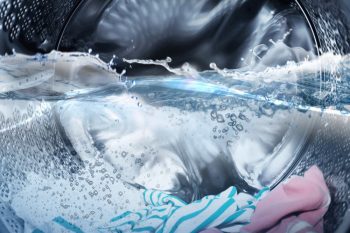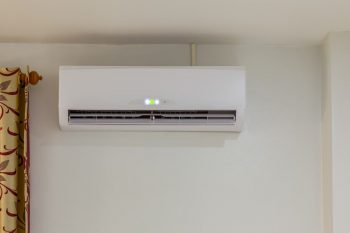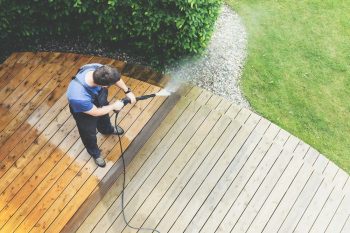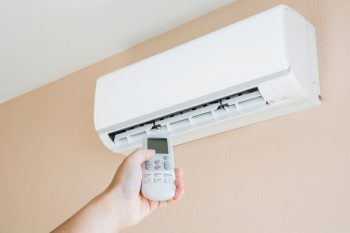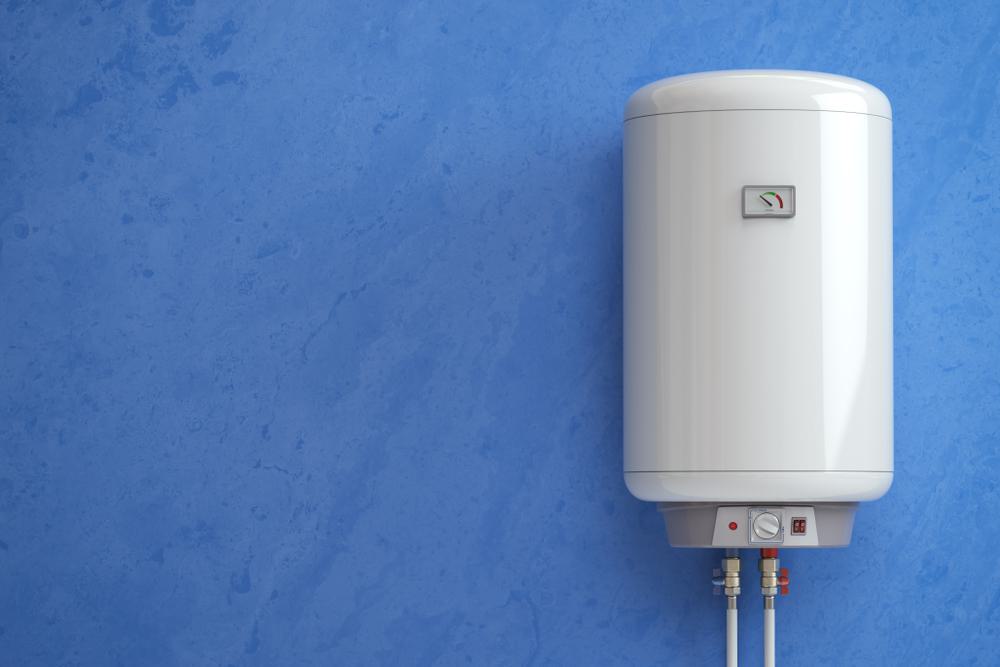
Cleaning your water heater filter is a crucial part of maintaining your water heater’s efficiency and prolonging its lifespan. However, many homeowners neglect this essential task, either because they’re unaware of its importance or they’re unsure how to do it. This comprehensive guide will walk you through the process step-by-step, provide numerous examples, and explain why regular filter cleaning is so vital.
To clean your water heater filter, start by turning off your water heater and allowing it to cool. Locate and remove the filter, usually found at the base of the heater. Use a vacuum or soft brush to remove dust and debris. For heavily clogged filters, wash in soapy water and rinse thoroughly. Reinstall the filter once clean and dry, then turn the water heater back on. It’s recommended to perform this cleaning every six months, or more frequently for hybrid water heaters.
Why is it Important to Clean Your Water Heater Filter?
Cleaning your water heater filter regularly offers several benefits:
- Improved Energy Efficiency: A clean filter helps the water heater run more efficiently, potentially saving you money on energy bills.
- Prolonged Lifespan: Regular maintenance, including filter cleaning, can extend the lifespan of your water heater, preventing early replacements.
- Better Water Quality: A clean filter helps maintain water quality by preventing sediment from entering the water heater.
- Reduced Repair Costs: Regular maintenance, including cleaning the filter, can help prevent costly repairs and keep your water heater running smoothly.
Signs Your Water Heater Filter Needs Cleaning
Several signs indicate that your water heater filter needs cleaning:
- Discolored Water: If your water appears discolored, it might be a sign that your filter is clogged.
- Decreased Performance: Reduced flow rates or water not getting hot enough could indicate a clogged filter.
- Unusual Noises: Rumbling, popping, or hissing sounds from your water heater could be due to sediment buildup in the filter.
- Cloudy or Rust-Colored Water: This could be a sign of sediment buildup in the filter.
- Bad Taste or Smell: If your water has a metallic taste or odor, it could be a sign that the filter needs cleaning.
If you notice any of these signs, it’s time to clean your water heater filter.
Tools You’ll Need
To clean your water heater filter, you’ll need:
- A soft-bristled brush or vacuum with a brush attachment
- Hand dishwashing soap and water (for heavily clogged filters)
- A cloth for drying the filter
Step-by-Step Instructions for Cleaning Your Water Heater Filter
- Turn Off the Water Heater: Always start by turning off the water heater and allowing it to cool for about 15 minutes.
- Locate and Remove the Filter: The filter is usually located at the base of the water heater. It may be a black mesh ring or a wrap-around filter.
- Clean the Filter: Use a vacuum or a soft brush to remove dust and debris. For very dirty filters, wash it in soapy water and rinse thoroughly.
- Clean the Flame Arrestor (If Applicable): Some water heaters have a flame arrestor, a fine metal screen or ceramic plate that can become clogged. Use a household brush with plastic bristles to clean it.
- Reinstall the Filter: Once the filter is clean and dry, reinstall it on the water heater.
- Turn the Water Heater Back On: After you’ve finished cleaning the filter and flame arrestor, turn the water heater back on.
How Often Should You Clean Your Water Heater Filter?
The frequency of filter cleaning varies depending on factors such as water hardness and usage. As a general rule, clean your water heater filter each time you flush your tank, which should be every six months. However, for hybrid water heaters, it’s advised to clean the filter every few months.
In conclusion, cleaning your water heater filter is an essential task that shouldn’t be neglected. It helps improve the efficiency and lifespan of your water heater, ensures better water quality, and reduces repair costs. So, don’t put it off any longer. With this guide, you now have all the information needed to clean your water heater filter effectively and safely.
Frequently Asked Questions
What is a flame arrestor and why does it need cleaning?
A flame arrestor is a safety device used in some water heaters that prevents the flame from escaping the combustion chamber. It can become clogged with dust and debris, which can reduce the efficiency of the water heater. Cleaning this part regularly, along with the filter, ensures optimal performance of your water heater.
What type of brush should I use to clean the flame arrestor?
Use a household brush with plastic bristles for cleaning the flame arrestor. Metal bristles could damage this delicate component.
How do I know if my water heater has a flame arrestor?
Not all water heaters have a flame arrestor. To find out if yours does, refer to the owner’s manual or contact the manufacturer. If your water heater has a fine metal screen or a ceramic plate near the base, it likely has a flame arrestor.
Can I use any type of soap to clean a heavily clogged filter?
It’s best to use mild dishwashing soap to clean a heavily clogged filter. Harsher detergents or chemicals could damage the filter.
What should I do if my water heater is still not functioning properly after cleaning the filter?
If your water heater still isn’t working correctly after cleaning the filter, it could be due to other issues such as a faulty heating element or thermostat. At this point, it’s recommended to contact a professional for further assistance.

